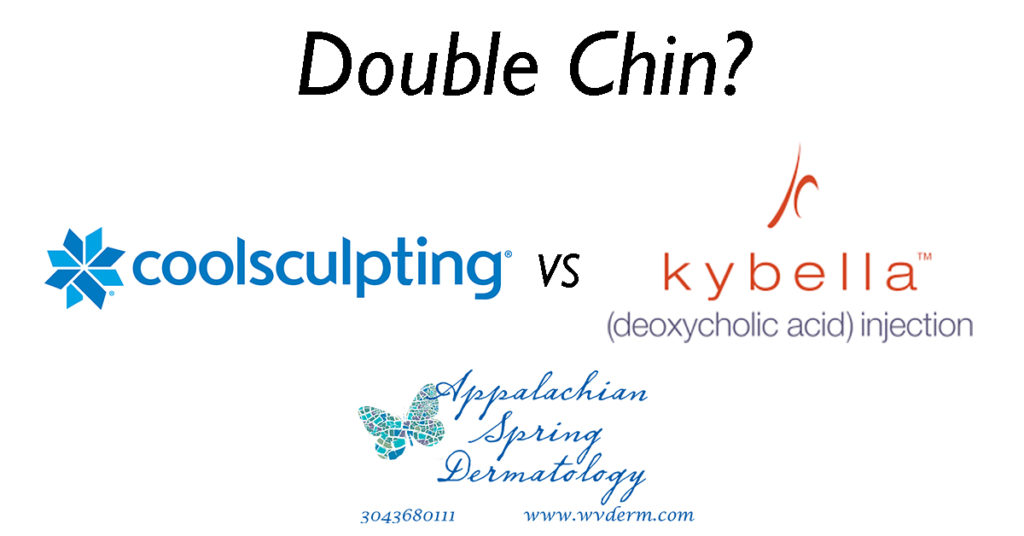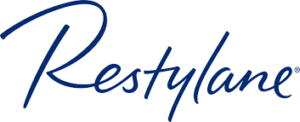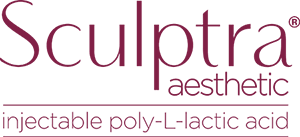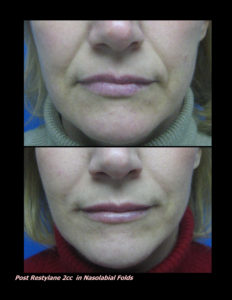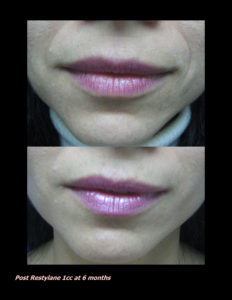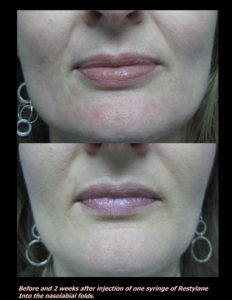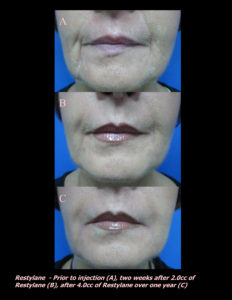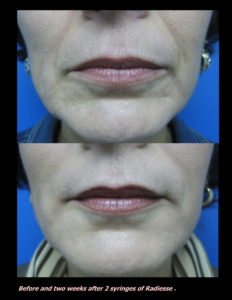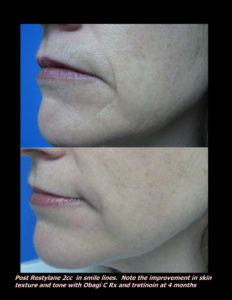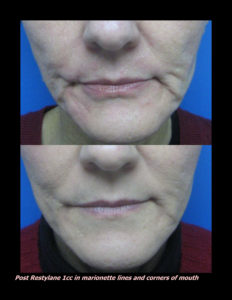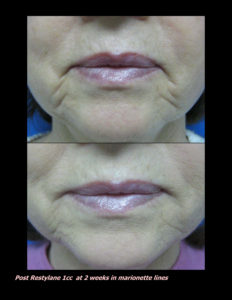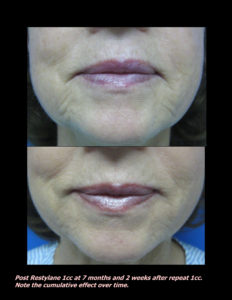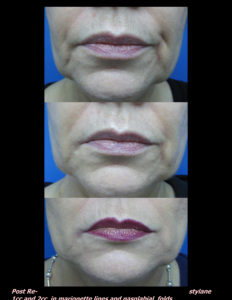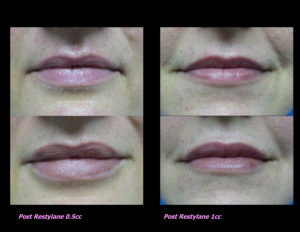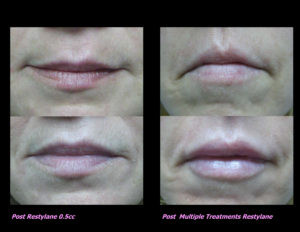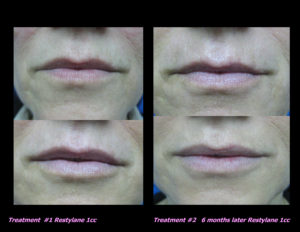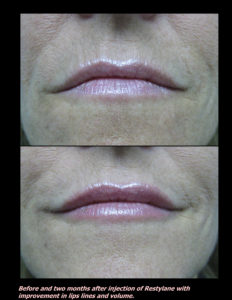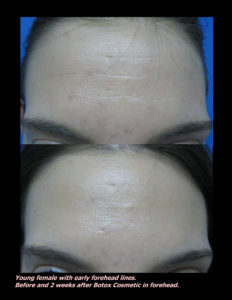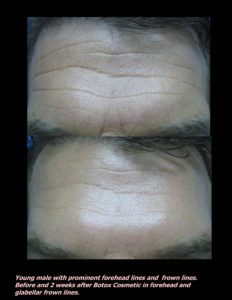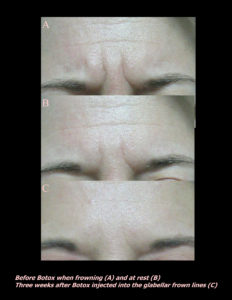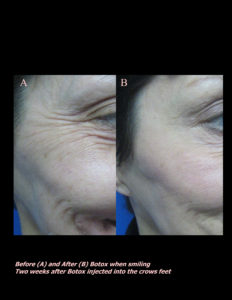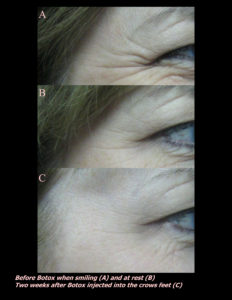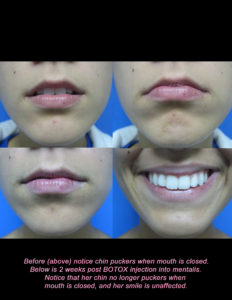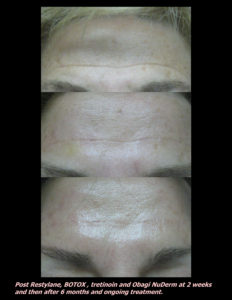Could you use this technology at home?
During the COVID-19 pandemic, I seem to be hearing more and more about using UVC as a disinfectant. In this post, we’ll take a look at what is UVC, how does it work, and if there are any negative consequences to using UVC. As dermatologists, we are usually focusing on UVA and UVB. Let’s give UVC some attention.
UVC Light
UVC officially includes all the wavelengths of light from 100-280nm. Studies dating back to the 1930s showed that UVC light has maximal effectiveness at 265nm. Today, UVC is primarily used and achieved using low-pressure mercury vapor that emits 254nm. In the past few years, newer LED UVC technology has been developed. However, because LED UVC technology is still very expensive, it is still rarely used.
Below is a diagram of UVC range from www.UVresources.com
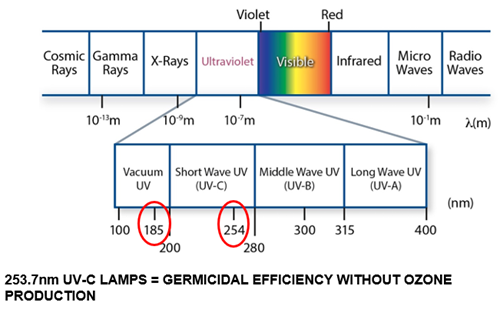
UVC Disinfection
In our last post, we discussed the difference between cleaning, disinfecting, sanitizing. UVC disinfection has really achieved much popularity during the COVID-19 pandemic. What was once reserved for operating rooms is now becoming mainstream in the hospitality industry and much more. UVC works by damaging the DNA of the infectious agent, making it unable to reproduce. This damage is called thymine dimers and is illustrated in the diagram below from www.plasticsurgerykey.com. Effectively damaging the DNA is dose-dependent.
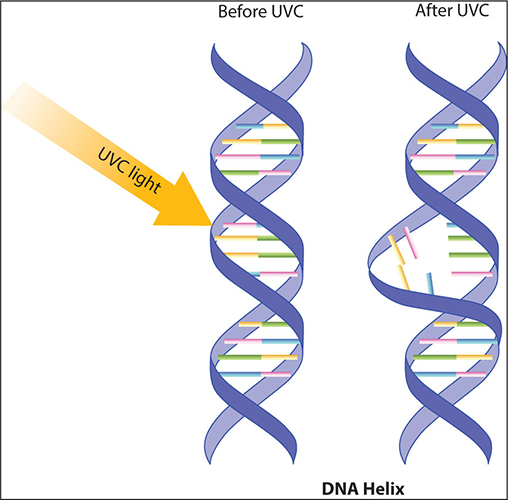
UVC Disinfection Difficulties
According to many sources, there are a few main problems with UVC disinfection.
-Adequate dosing needs to be achieved. The current standard dosing for most pathogens is 50mJ/cm2. Penetration through soft substances such a blankets is minimal.
-UVC lights can be damaging to the eyes, so they cannot be used while anyone is in the room without eye protection. The standard maximum permissible human exposure to UVC is 6mJ/cm2 per day.
-UVC disinfection is often combined with Ozone producing wavelengths (185nm). Ozone produces other additional hazards.
At Home UVC Disinfection
I started my quest to learn more about UVC disinfection because of patients’ concerns about disinfecting for HPV in their homes. Unfortunately, given the safety concerns above, at home UVC disinfection is neither safe nor financially feasible in most situations.
I hope this post answers your questions about UVC disinfection. Please comment below with any addition questions you may have.
—————–
If you know someone who may find this article helpful, please share it with them! Follow us on social media this week, and subscribe to our growing YouTube channel! If you would like to receive these posts in your email inbox, Subscribe to our Site.
References
Bell, D. Understanding UVC Ultraviolet Light Disinfection. www.uvcense.com. Accessed February 2021.
Meyers C, Milici J, Robison R. UVC radiation as an effective disinfectant method to inactivate human papillomaviruses. PLoS One. 2017;12(10):e0187377. Published 2017 Oct 31. doi:10.1371/journal.pone.0187377
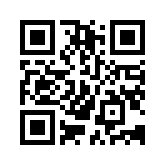


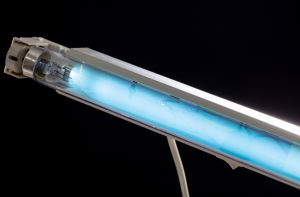


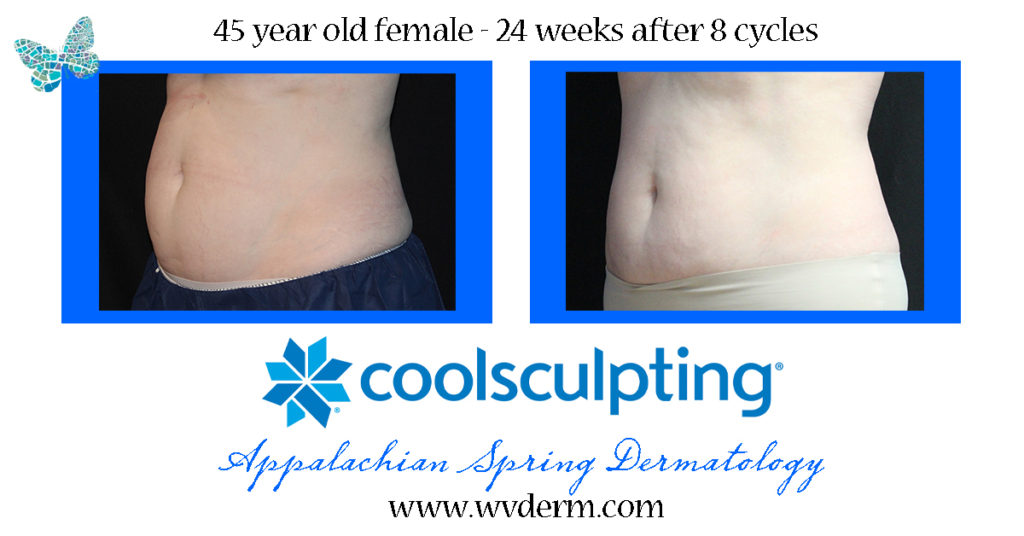
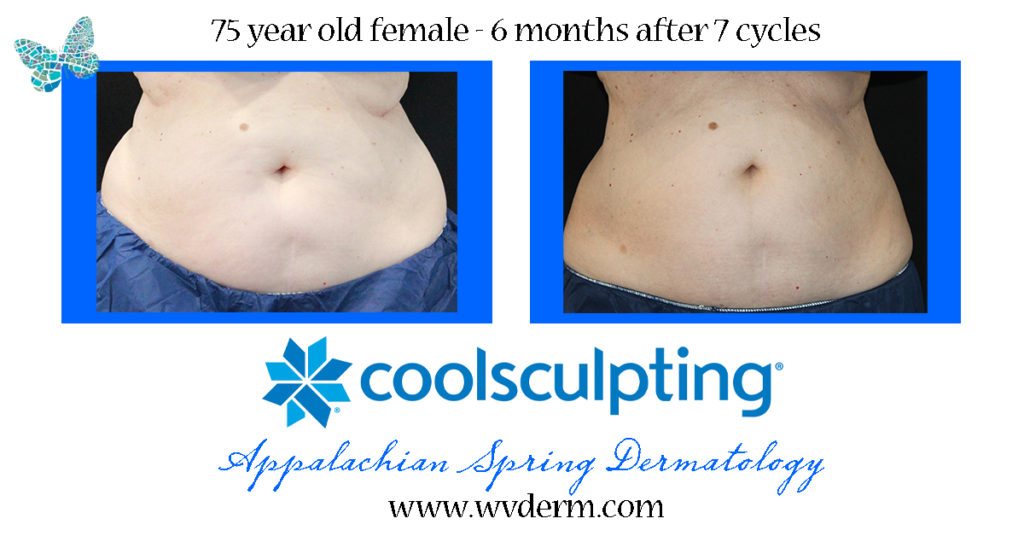
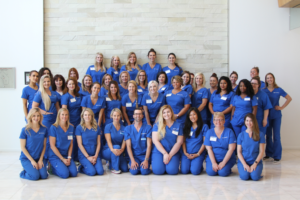
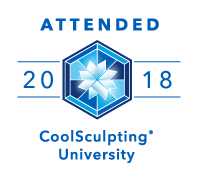
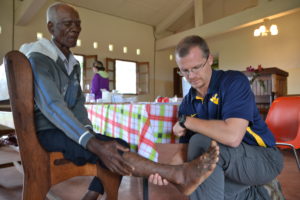


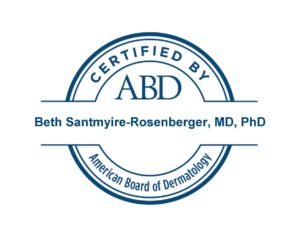

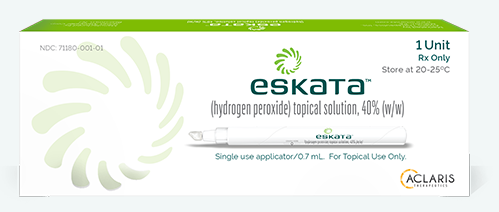

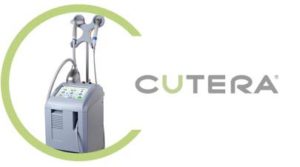 Laser Vein Reduction Treatments
Laser Vein Reduction Treatments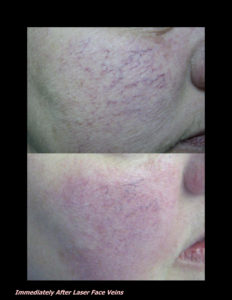
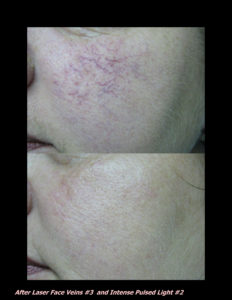
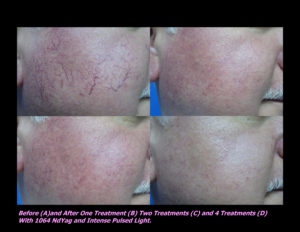
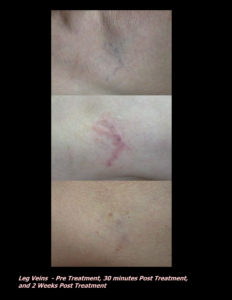
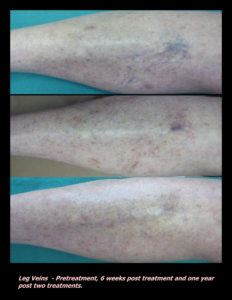
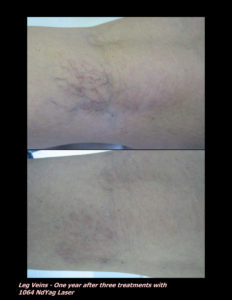
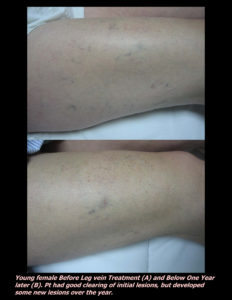
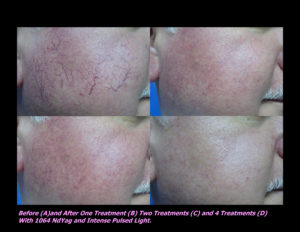
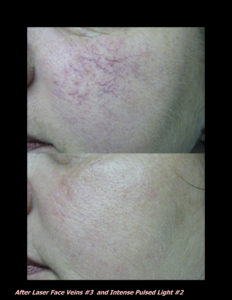
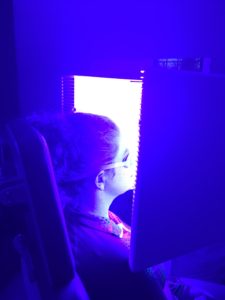
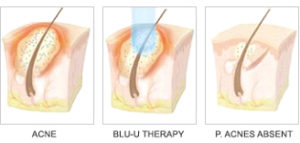
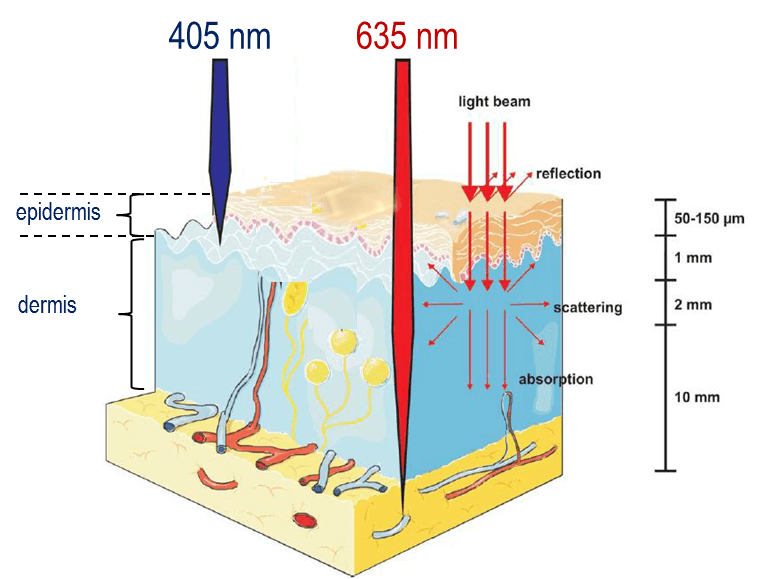
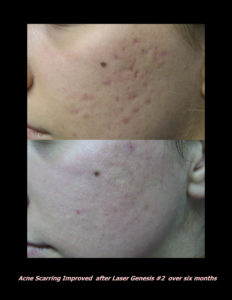
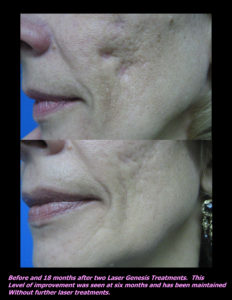


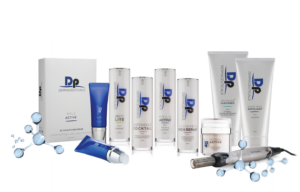 DP Dermaceutical Products
DP Dermaceutical Products